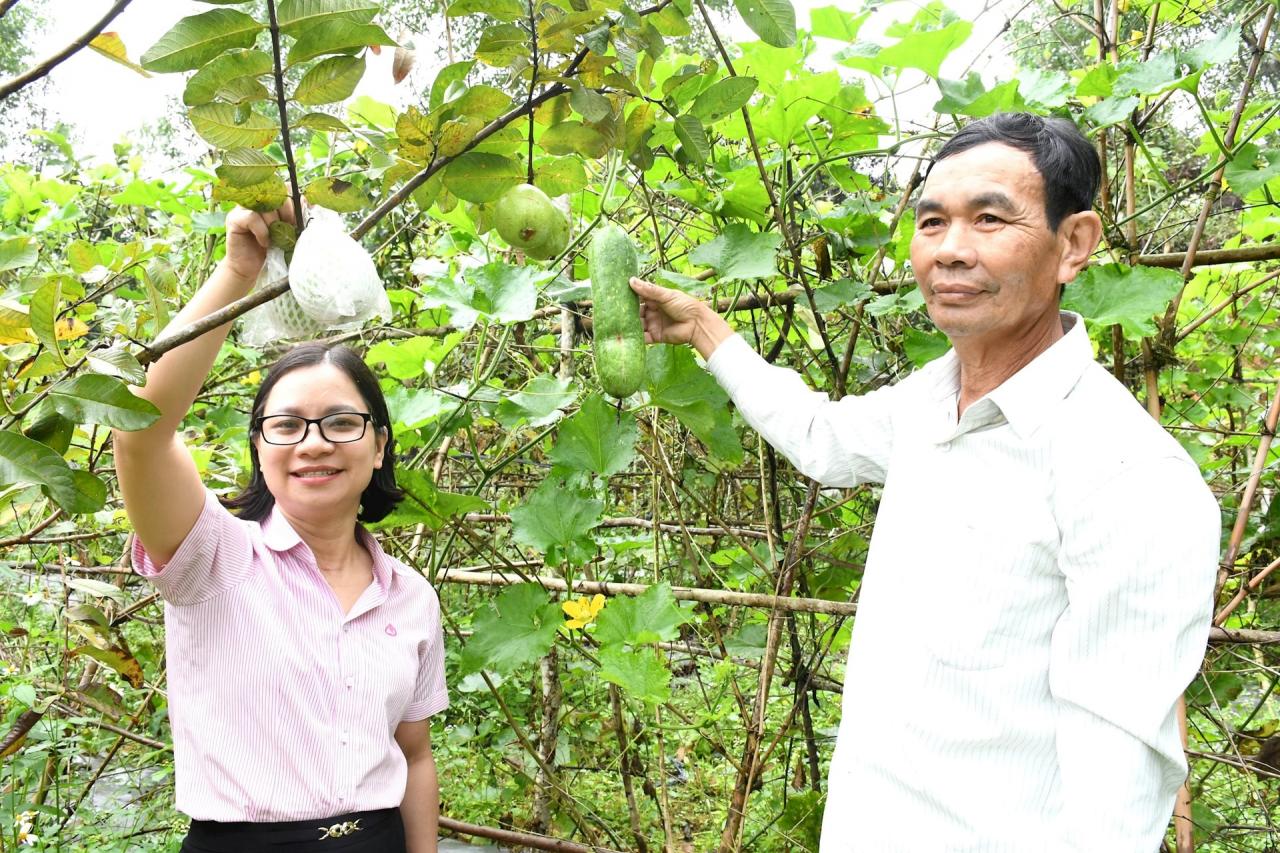
Difficult access to capital
Mr. Ho Van Nhi's household (Cam Khe village, Tam Phuoc commune, Phu Ninh) has been cultivating vegetables and fruits using organic methods for many years. Thanks to the advantages of nature, through testing, the metal content in the soil and Ecoli in the water ensure organic vegetable and fruit cultivation.
On the edge of the 8-acre land, Mr. Nhi planted grass to create a “fence” to prevent insects from harming vegetables. The seedlings were carefully selected by him, non-GMO, and not soaked in chemicals.
During the farming process, he does not use chemical fertilizers or pesticides; he prevents pests with biological products including ginger, garlic... With clean production methods, each day Mr. Nhi's household has an income of 500 - 700 thousand VND from selling vegetables and fruits.
Recently, Mr. Nhi wanted to expand his farming scale but had difficulty borrowing capital from commercial banks. Accordingly, he was only able to borrow 100 million VND from the Transaction Office of the Social Policy Bank of Phu Ninh District. In addition to maintaining organic vegetable and fruit production, he and local farmers established the Cam Khe Watermelon Growing Cooperative in association with Song Gianh Company (Quang Binh) to grow organic watermelon.
The company provides seeds, technical processes, organic fertilizers, etc. for the cooperative to grow clean watermelons and then commits to purchasing them at a price higher than the market price. Up to now, the cooperative’s watermelons are about to flower and bear fruit.
“Many farmers in the area need to borrow capital to do clean agriculture, but it is very difficult to access loans from commercial banks. We specialize in clean agriculture, so we need to accumulate more capital to make larger investments,” said Mr. Nhi.
According to research, currently, the "big guys" of commercial banks including Vietcombank, BIDV, Agribank and VietinBank Quang Nam branch have initially deployed green credit, that is, lending for investment in circular economy, renewable energy, clean production and business, projects that do not cause negative impacts on the environment, and respond to climate change, etc., but the outstanding loans are not significant.
Need clear mechanisms and policies
The leader of a commercial bank in the province said that although it really wants to promote green credit to the market to increase outstanding loans, it is facing many difficulties.
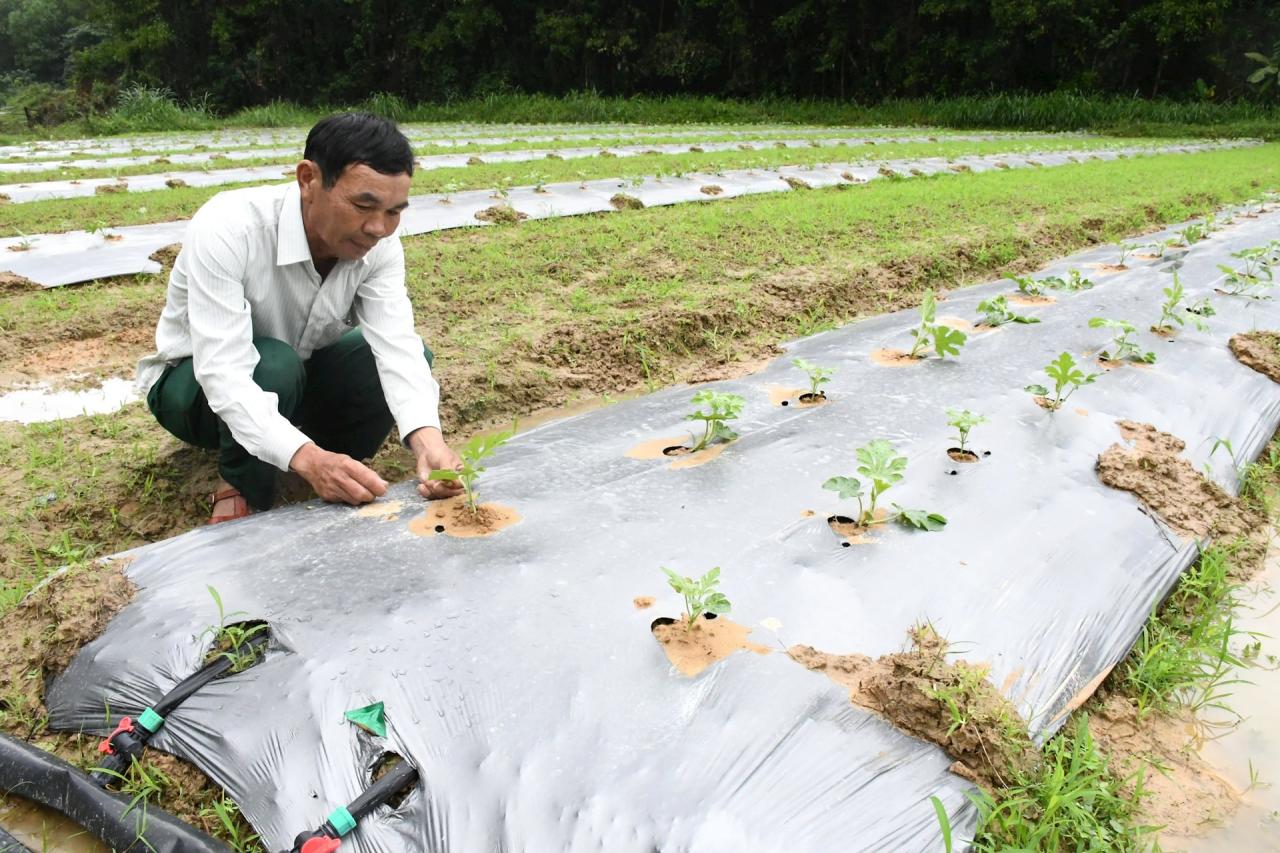
Currently, the State Bank has not consistently classified green credit portfolios, and there is no set of criteria to determine green projects suitable for green credit. Therefore, even though it wants to disburse green credit, the capital brought to the market is not significant. Banks are waiting for clear mechanisms and policies on green credit to implement widely.
It can be seen that green credit projects are borrowed at low interest rates and long loan terms. In addition, green projects are new and therefore potentially risky, especially agricultural projects facing unpredictable natural disasters, while the export market is not yet open. On the commercial bank side, there is a state of hesitation towards green credit because the profit margin is lower than that of conventional loan packages.
Mr. Pham Trong - Director of the State Bank of Vietnam, Quang Nam branch, said that green credit is a major policy of the Government and the banking sector. Up to now, it is not possible to count the outstanding green credit balance in Quang Nam, but the State Bank encourages commercial banks and policy banks to prioritize green credit packages to the market.
There is no clear legal framework, policies on taxes, fees, preferential capital, and preferential interest rates; on the other hand, green credit lending requires effort and costs to test factors, so commercial banks have not paid attention to it.
Mr. Pham Trong said that the Government, ministries and sectors need to have a comprehensive strategy for developing green credit. That is the way to open up this market to effectively direct capital closely linked to green economy and sustainable economy.
In the immediate future, it is necessary to make green credit a priority credit program, in addition to export loans; agricultural and rural loans; loans for small and medium enterprises; loans for high-tech enterprises; and loans for supporting industries.
According to statistics from the State Bank of Vietnam, the proportion of green credit in the country is still very modest, with outstanding green credit accounting for only 4.32% of the total outstanding debt of the entire economy. Green credit loans are mainly focused on green agriculture (accounting for about 46%), sustainable water resource management (accounting for about 13%), and recently there has been a trend of shifting to renewable energy and clean energy. Many important areas in environmental protection such as climate change response; waste management; transportation; and sustainable construction have very limited outstanding debt.
Source: https://baoquangnam.vn/huong-ung-tin-dung-xanh-quang-nam-cho-co-che-chinh-sach-khoi-thong-3149301.html



![[Photo] Prime Minister Pham Minh Chinh chairs a meeting of the Steering Committee for key projects in the transport sector.](https://vphoto.vietnam.vn/thumb/1200x675/vietnam/resource/IMAGE/2025/5/10/0f4a774f29ce4699b015316413a1d09e)
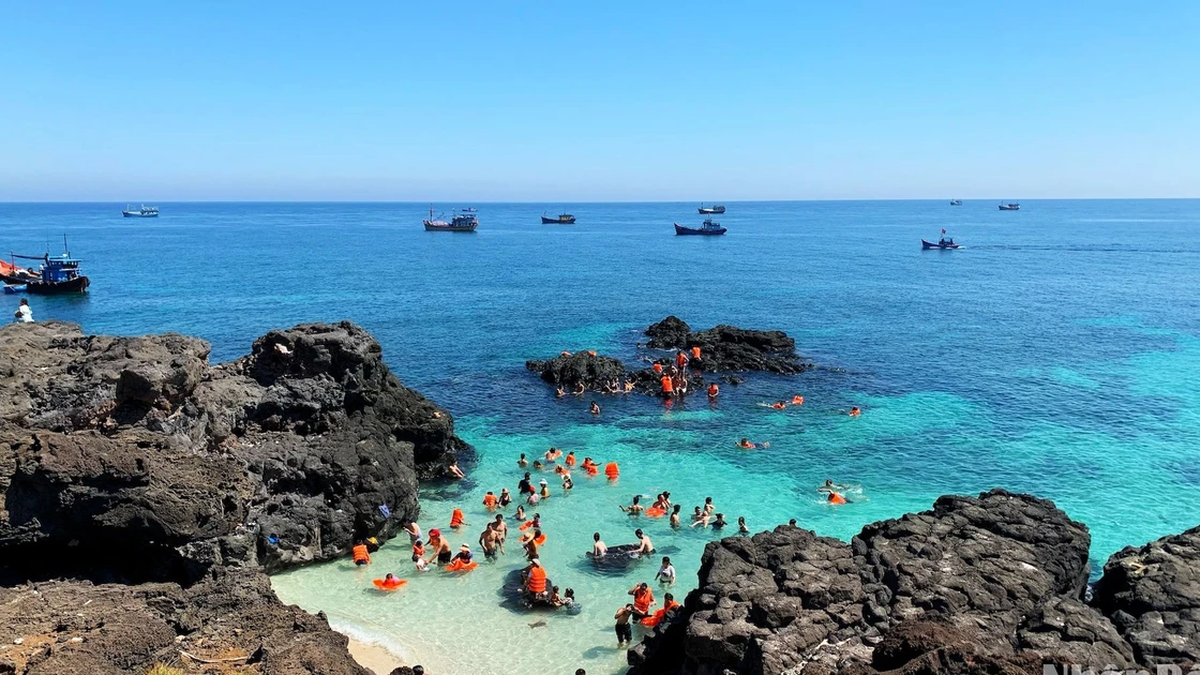
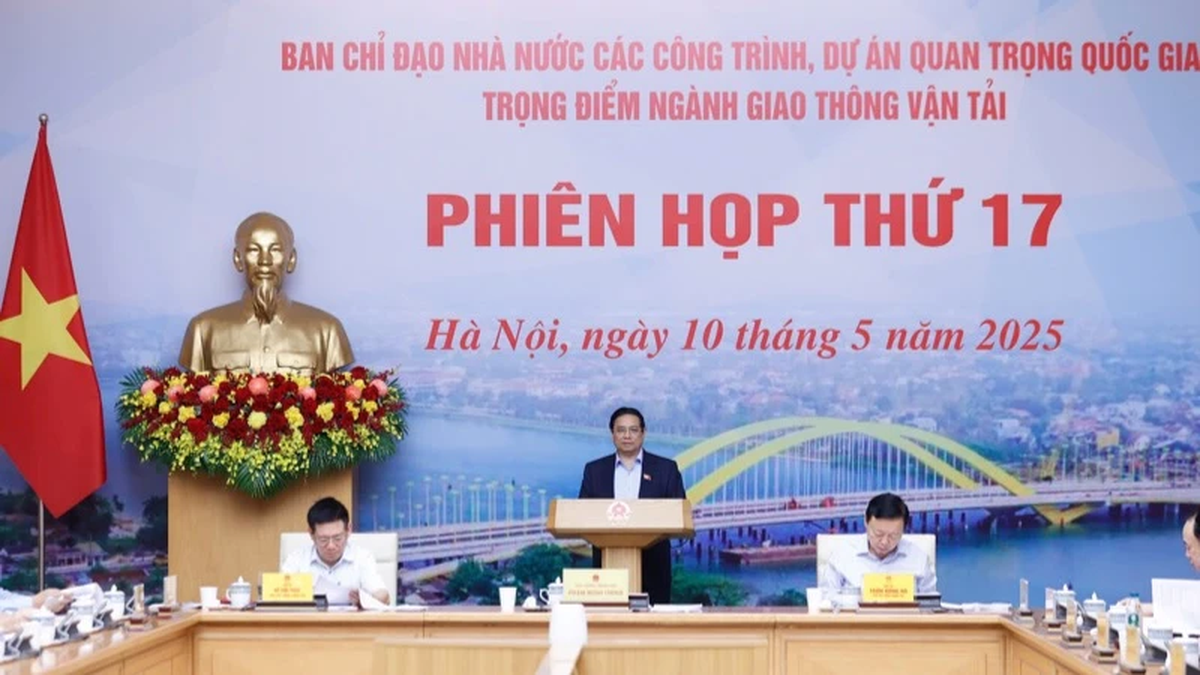

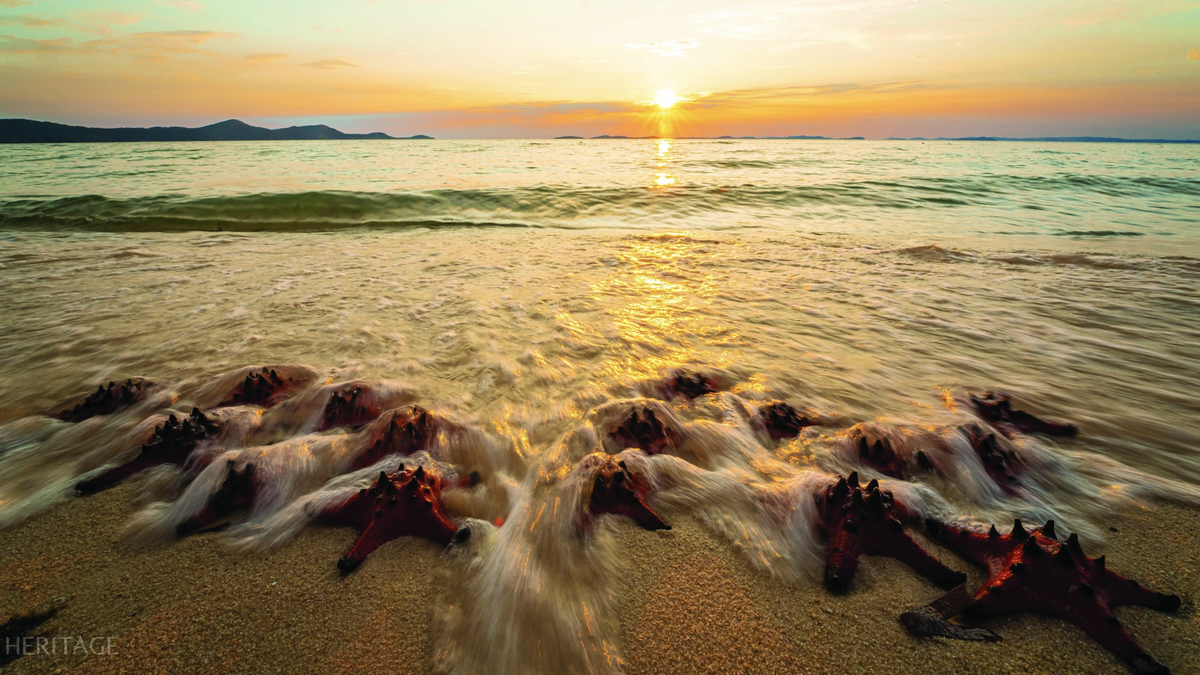
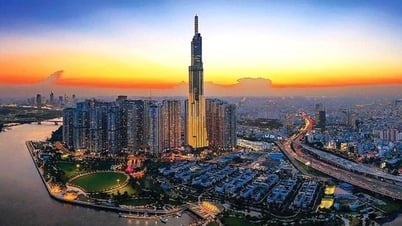

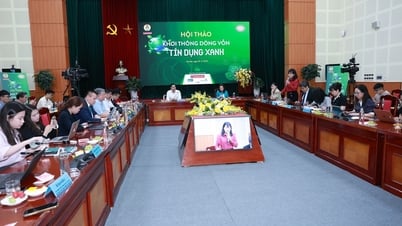
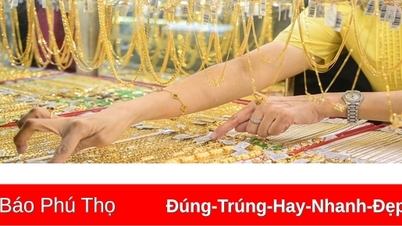






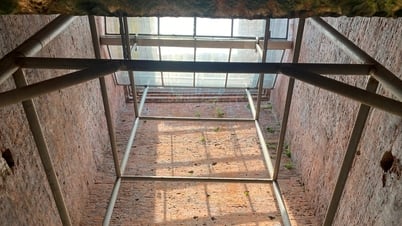



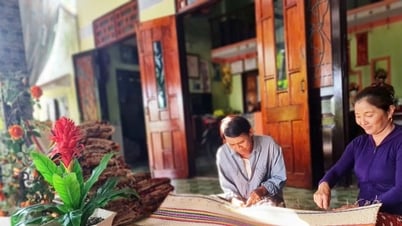
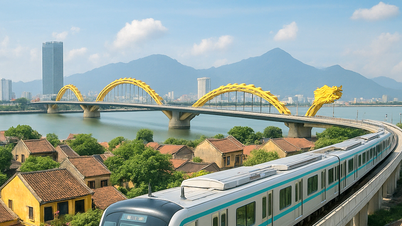




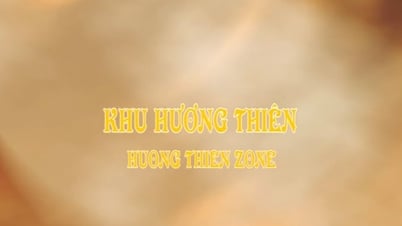
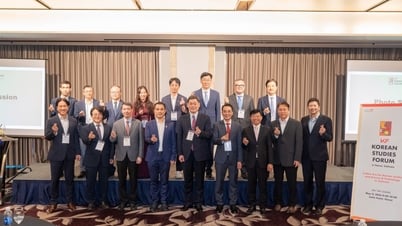

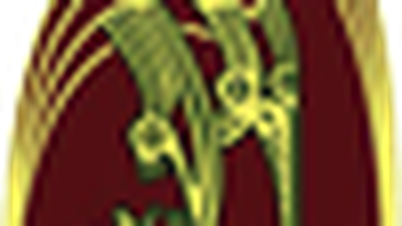

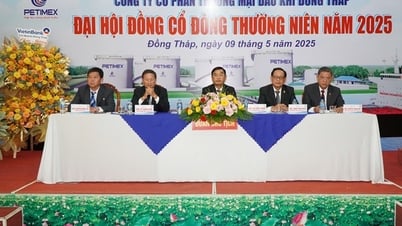

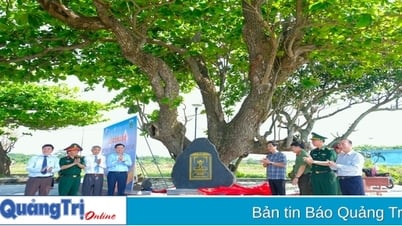

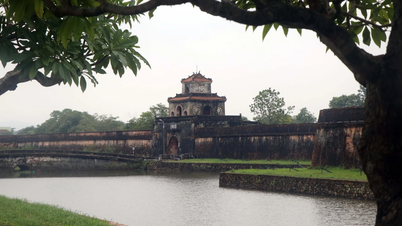

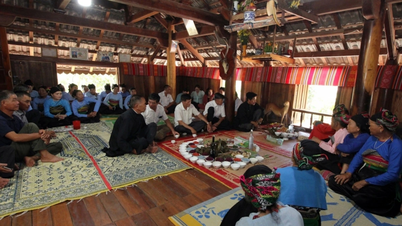

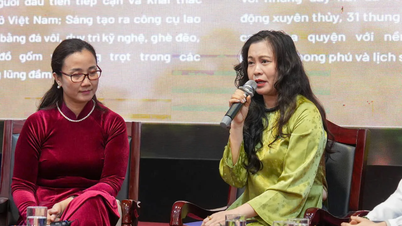

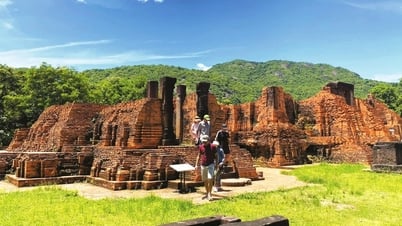

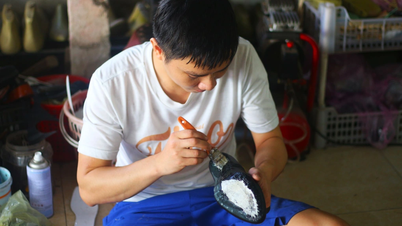

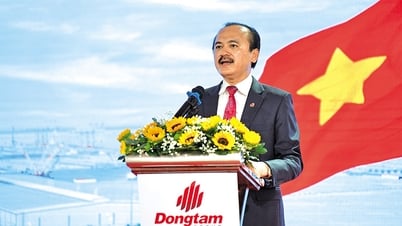

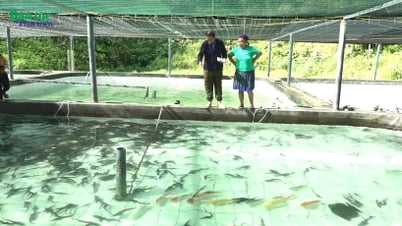


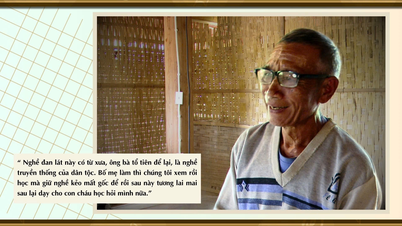

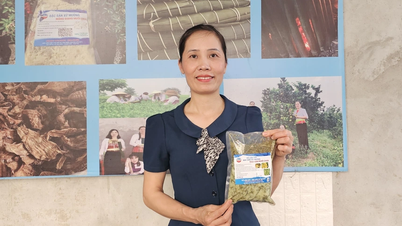
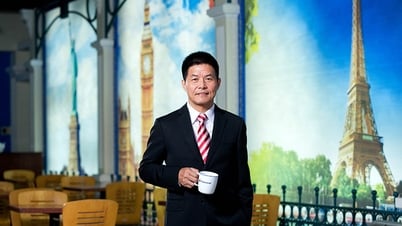















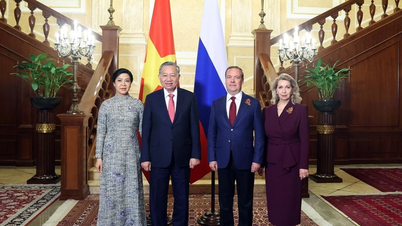

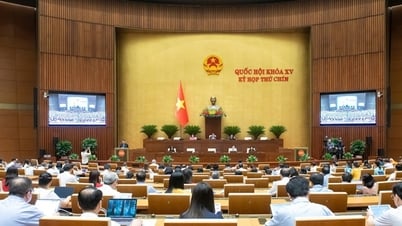






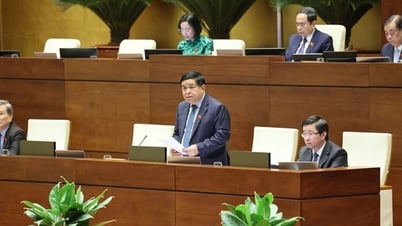

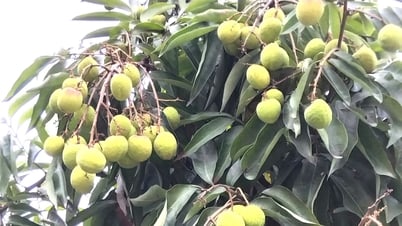

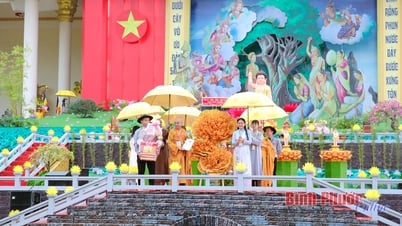

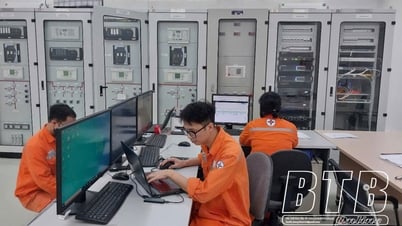

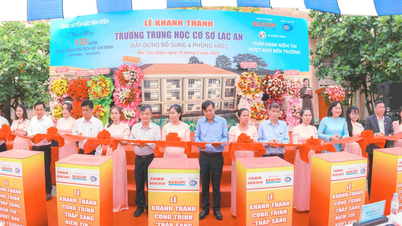



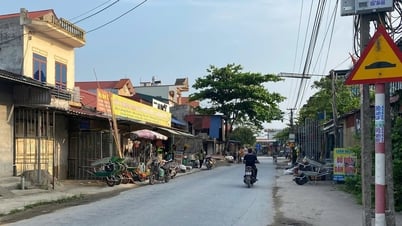


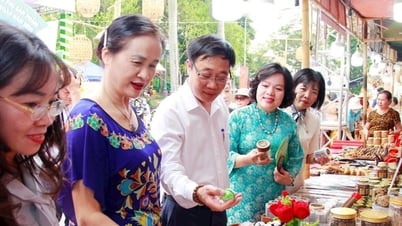

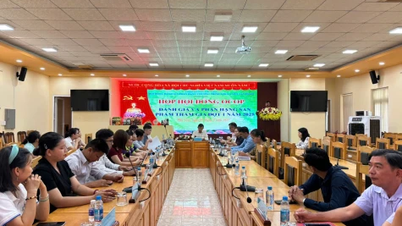

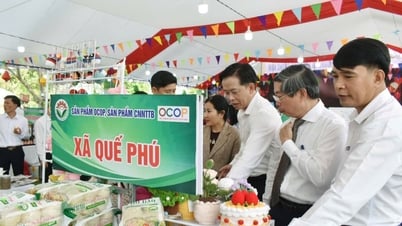

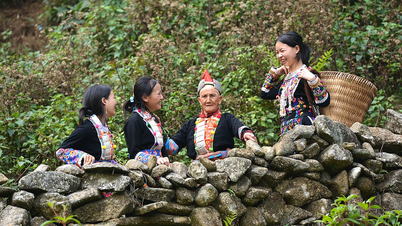


Comment (0)